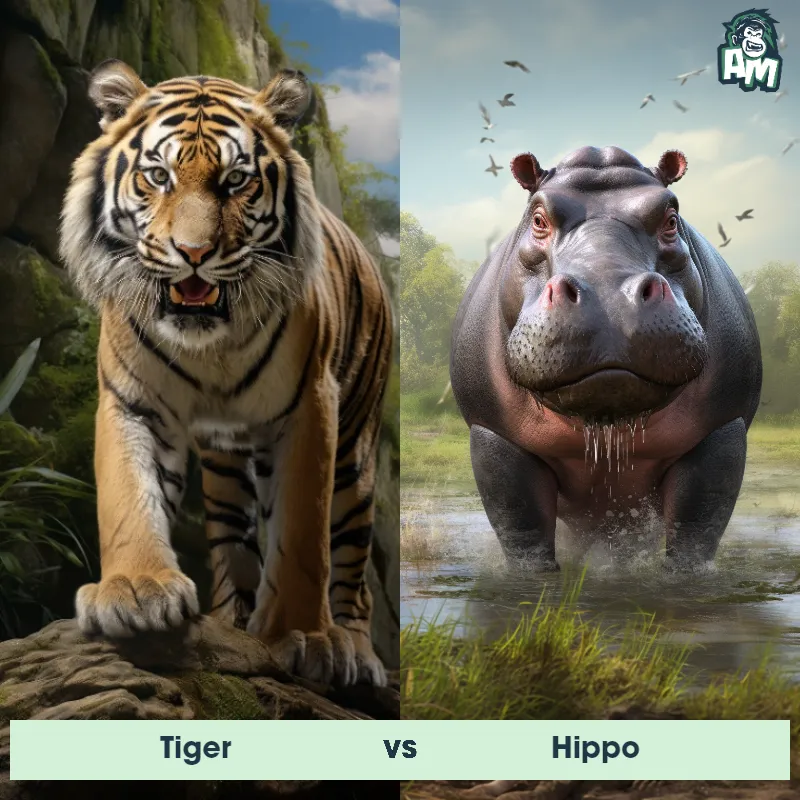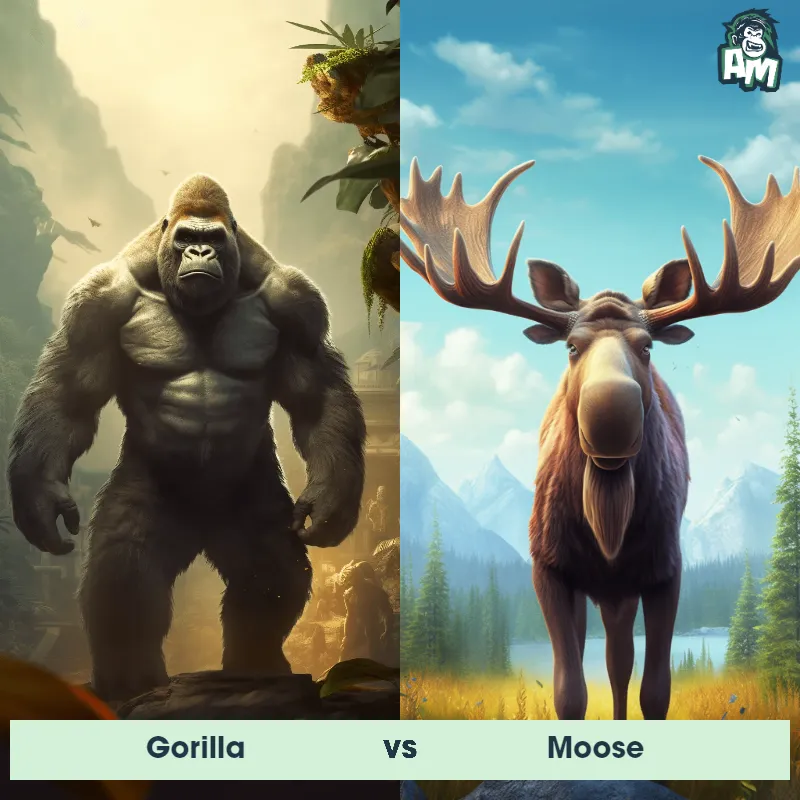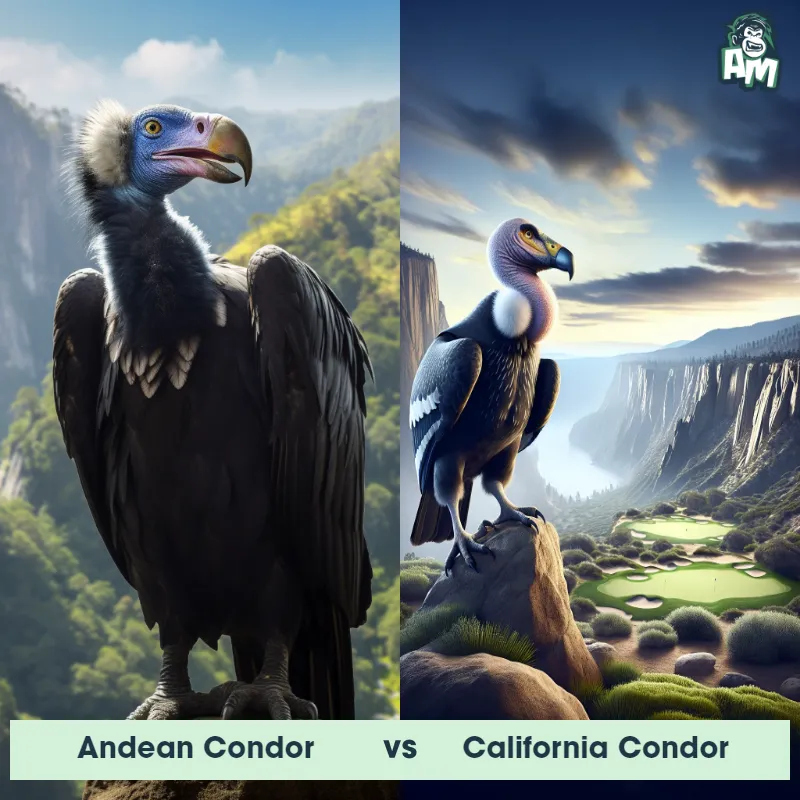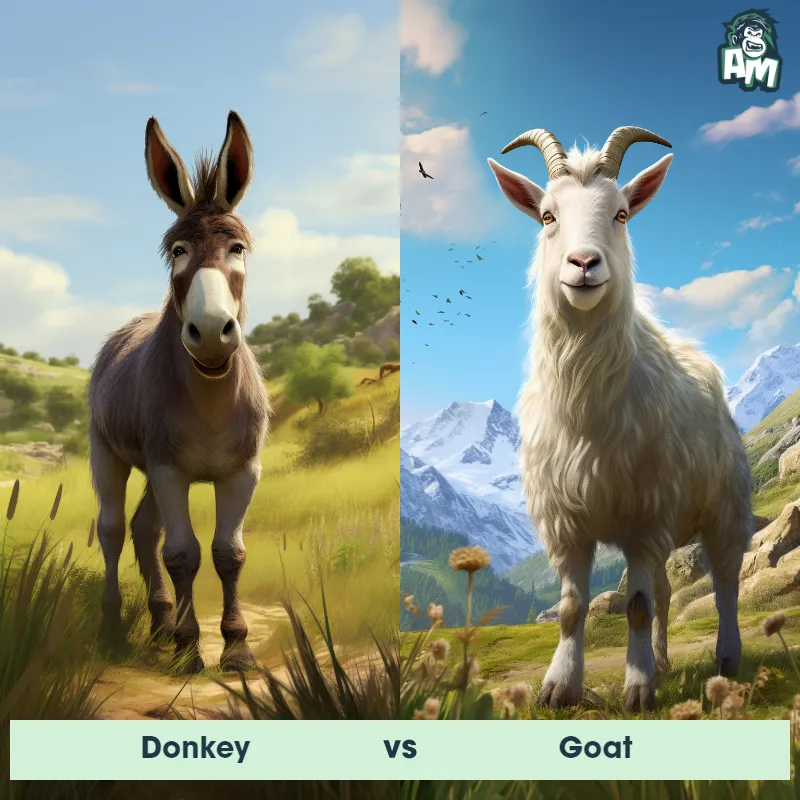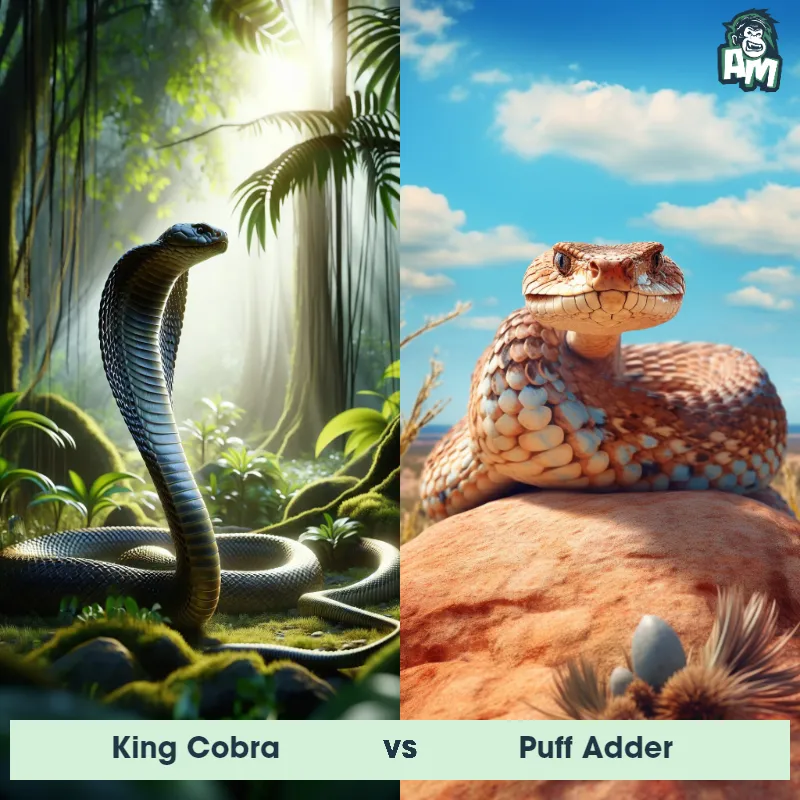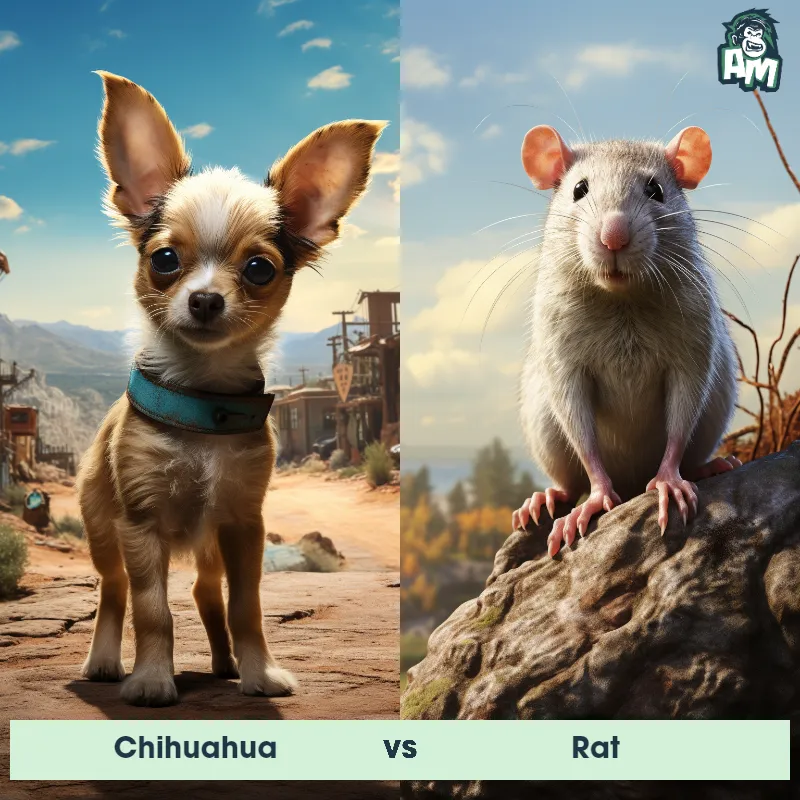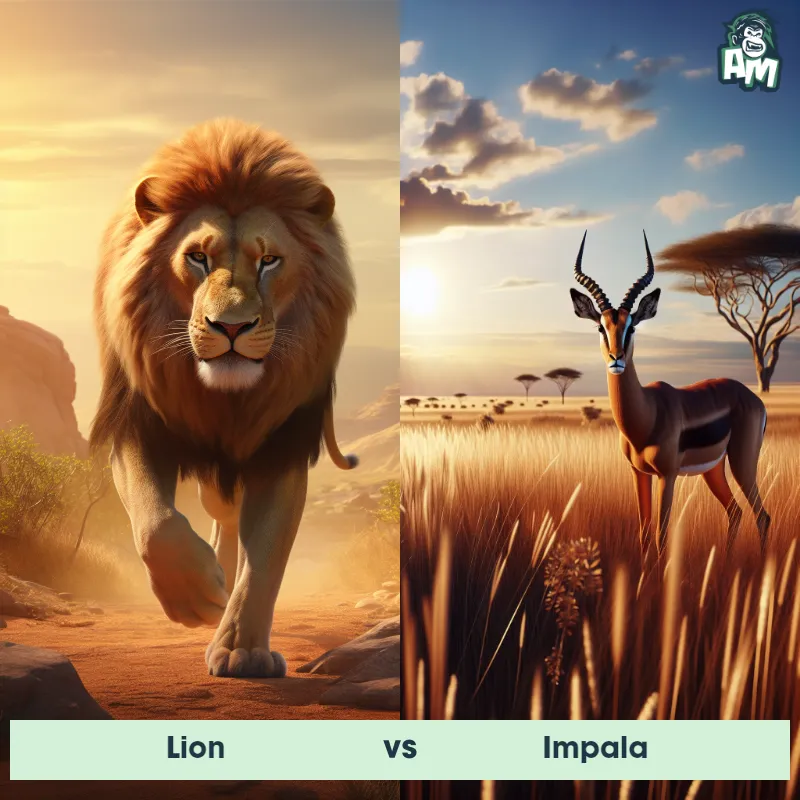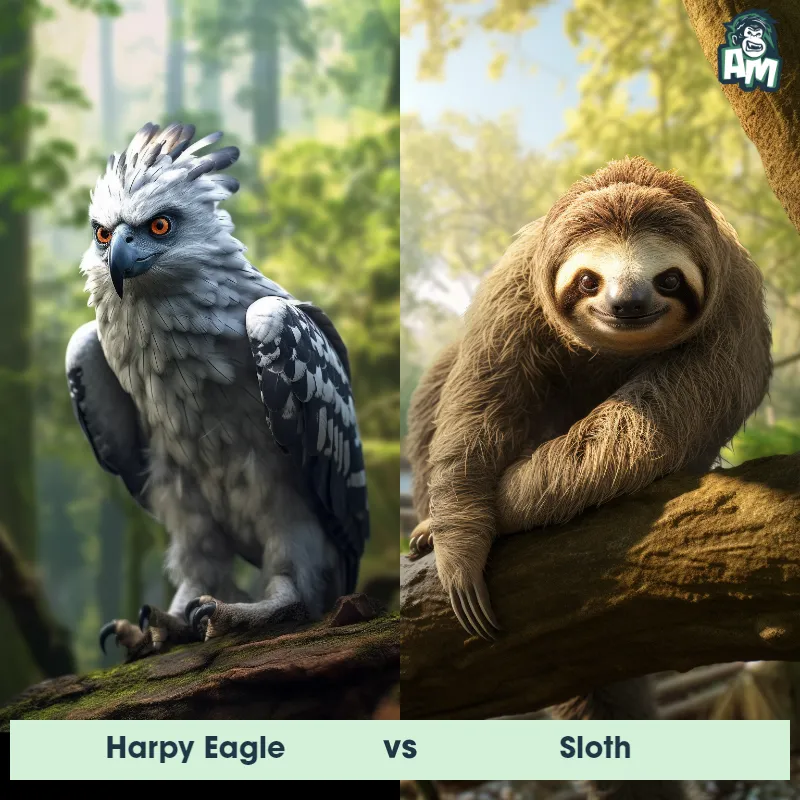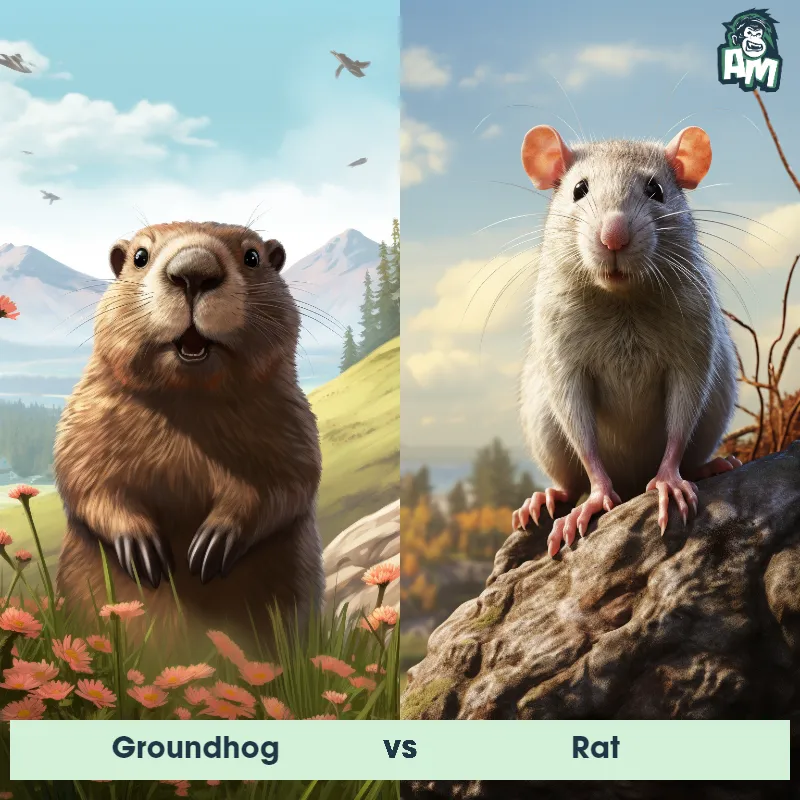Rhamphorhynchus vs PterodactylSee Who Wins

Welcome, everyone, to the thrilling clash between two ancient sky warriors: the nimble Rhamphorhynchus and the formidable Pterodactyl! Both creatures take their positions, wings ready and eyes locked on each other. The air is thick with anticipation as they prepare to engage in this epic aerial battle!
Contender 1: Rhamphorhynchus
Rhamphorhynchus, commonly known as the long-tailed pterosaur, was a prehistoric flying reptile that lived during the Jurassic period. It had a wingspan of about 1.8 meters, with a long tail making up half its length. Rhamphorhynchus had sharp teeth and a pointed beak ideal for catching fish as it soared over the ancient seas.
Fun Fact: Rhamphorhynchus is known for its impressive flying abilities, being one of the first vertebrates to develop powered flight through its specialized wings.
Contender 2: Pterodactyl
The Pterodactyl, also known as Pteranodon, was a flying reptile that lived during the Late Cretaceous period. They had wing membranes made of skin stretched between an elongated fourth digit and their body, allowing them to soar through the air. Unlike birds, Pterodactyls did not have feathers but were covered in a thin layer of fur-like fibers. Their sharp beaks were used for catching fish, their primary food source.
Fun Fact: Despite being commonly referred to as dinosaurs, Pterodactyls were actually flying reptiles and belonged to a group known as pterosaurs.
Matchup Stats
| Rhamphorhynchus | Pterodactyl | |
|---|---|---|
| Size | 1.8 meters wingspan (5.9 feet), half length tail | 12 feet long (3.6 meters) |
| Weight | Unknown | 55 pounds (25 kilograms) |
| Speed | 25 mph (40 km/h) | 70mph (113km/h) |
| Key Strength | Speed | Speed and agility |
| Biggest Weakness | Size | Vulnerable neck area |
Current Votes
Rhamphorhynchus vs Pterodactyl
See Who Wins
View More Matches
Looking For More?
Similar Matches
Scientific Stats
| Rhamphorhynchus | Pterodactyl | |
|---|---|---|
| Scientific Name | Rhamphorhynchus | Pterodactylus |
| Family | Rhamphorhynchidae | Pterosauria |
| Habitat | Coastal areas | Coastal areas |
| Geography | Europe | Worldwide distribution |
| Diet | Fish | Fish |
| Lifespan | 15 years - 25 years | 25 years - 30 years |
Key Differences between Rhamphorhynchus and Pterodactyl
- Wings: Rhamphorhynchus had long, narrow wings well-suited for gliding, while Pterodactyl had wider wings relative to its body size.
- Tail: Rhamphorhynchus featured a long, rigid tail ending in a diamond-shaped vane, while Pterodactyl had a much shorter, stubby tail.
- Crest: Rhamphorhynchus lacked a prominent head crest, whereas some Pterodactyl species had crests on their heads.
- Limbs: The Rhamphorhynchus's forelimbs were elongated, while Pterodactyl's forelimbs were adapted with a different wing structure.
- Head: Rhamphorhynchus had a long, straight beak with sharp teeth, whereas Pterodactyl had a shorter, more rounded beak.
- Size: Rhamphorhynchus was generally smaller in body size compared to larger Pterodactyl species.



